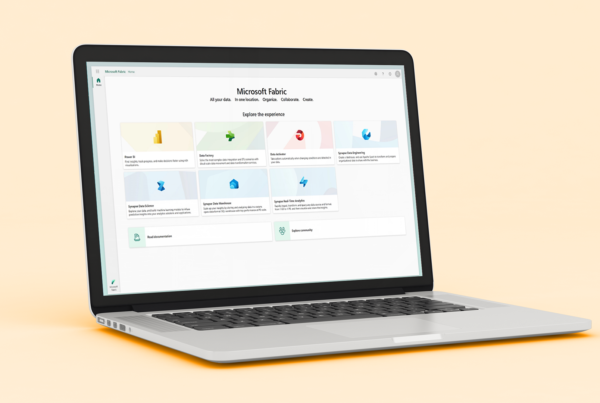In the era of innovation, transforming businesses with technology is essential for any company. Attention must be paid to factors that allow bringing new ideas to the business, refreshing its solutions, and keeping its products and services competitive. Therefore, mastering the stages of innovation is crucial.
In this article, we will help you understand and master each of the 6 stages of innovation!
1. Inspiration:
Inspiration is a central process for capturing ideas and generating insights from other successful projects. It involves looking at something and saying, “this definitely works, I want to do something similar.”
Since no idea can be created from absolute zero, it is essential to accept that everything comes from inspiration. The combination of different inputs is what brings a truly original creation to life.
2. Generation of New Ideas:
After gathering various inputs from other projects, it’s time to combine them. In the initial phase, a kind of brainstorming is conducted, where all suggestions are welcome.
It’s a kind of free-for-all, where you can copy, adapt, modify, or even mix parts of different projects. The goal is to increase the number of existing ideas, even if they are not perfect or fully executable. At this moment, creativity is allowed without filters.
After that, even the most unlikely combinations gain room for discussion, to understand if it is possible to make their execution feasible, even if minimally. From this point, alternatives begin to be refined and adjusted, until realizing which ones are truly valid and provide value to the business.
3. Evaluation:
The next stage is evaluation. This is precisely about understanding everything that has been done so far. It’s the moment when all created options are critically revisited to discover what may or may not work.
Evaluation includes analyzing all aspects of a project, such as investment costs, hiring personnel, acquiring machinery, establishing partnerships, and so on.
The creativity stage is behind us now. The goal is to transform the enormous quantity of ideas into alternatives suitable for experimentation and testing. Therefore, it is necessary to select the most viable projects to move them forward.
4. Experimentation:
This is the stage where the innovative product, service, or process is put to the test. It’s about experimenting to see if the conditions identified in the previous stages will really happen in practice.
It involves putting the idea into action outside the controlled environment. The product, service, or process needs to be used by people other than its developers. They will be responsible for pointing out errors and identifying what needs improvement before even launching the solution.
Collecting and analyzing data from several weeks or months of experimentation is essential, along with feedback from users of the final product. Corrections are common in this stage, making the delivery better for the customer.
5. Commercialization:
The commercialization of an innovation only happens after it goes through experimentation and survives. If it is validated, it means it is ready to meet consumer needs.
First, you create a prototype of an innovation, test it, and only then create the actual product, ready to be produced on a scalable volume and marketed. This also applies to services and processes.
Commercialization is one of the most important stages, as this is where you create market value for an idea conceived amid various insights. Therefore, focus on strategies to increase sales, such as marketing, promotion, persuasion, and customer relationship.
To enhance your practices, you can use the data from the previous stage to substantiate the effectiveness and benefits of your product. Remember never to promise something that you cannot or will not be certain to fulfill.
6. Monitoring:
After the commercialization of an innovation begins, closely monitoring the product’s performance is crucial. You need to assess factors such as:
- Whether it continues to deliver value to the customer;
- Whether it remains a differentiated product; and
- Whether it can be considered satisfactory.
Whenever the product does not meet any of these aspects, it needs to be readjusted, going through a new process or simply adjusting some details. This is what we call continuous improvement, crucial in innovation management.
This stage never ends and is the only one that can bring the others back to the surface. Whether to expand a business or to improve a solution delivered to a customer, continuous innovation is very useful. However, for it to work as it should, it needs to be constantly in execution.
In addition to all the described stages, it is essential to keep in mind that some best practices are necessary to improve your results. You will need to:
- Create an innovation-friendly environment where suggestions and ideas can be put forward without barriers.
- Develop a collaborative culture where people help build projects instead of competing for them.
- Identify and understand both opportunities and difficulties in achieving the company’s goals.
- Rethink processes and recognize where the biggest bottlenecks and flaws are that can be optimized for better results.
- Automate operational functions to streamline internal processes and redirect efforts to more strategic activities.
You can also seek innovative partners, such as BRQ Digital Solutions. This way, you will have access to a range of disruptive and very useful solutions for the modernization of your activities, all with the support of a team with expertise in the field.
Want to know more about how to align technology with the stages of innovation in your company and reach a new level of Digital Transformation? Then, let’s talk!





